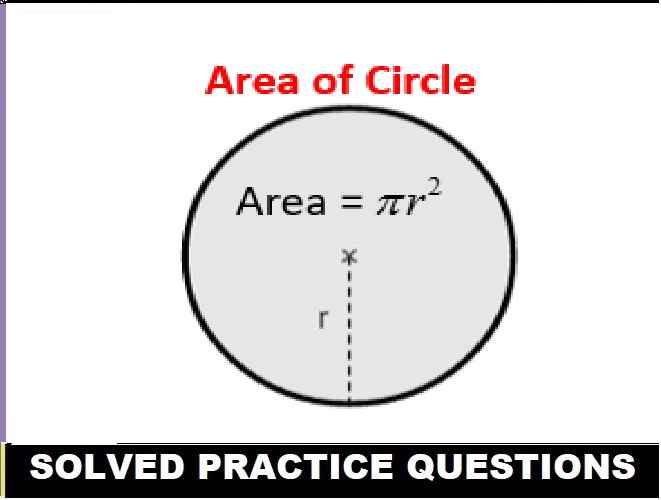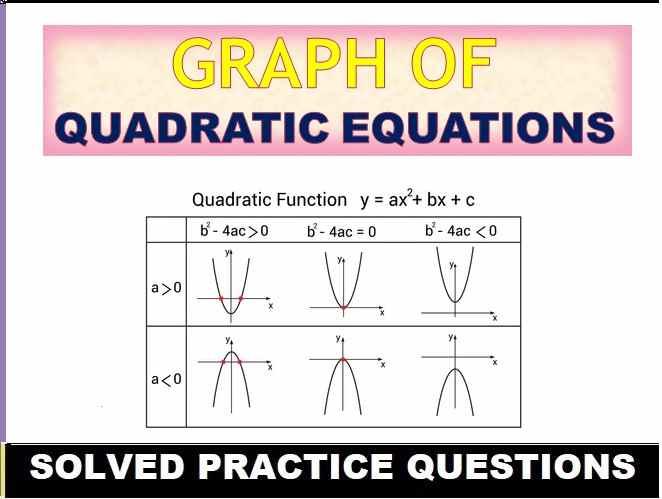Upthrust in Fluids, Archimedes’ Principle and Floatation Exe-5A Upthrust and Archimedes Principle Numericals Answer Type for Class-9 ICSE Concise Physics. There is the solutions of Numericals Answer type Questions of your latest textbook which is applicable in 2025-26 academic session. Visit official Website CISCE for detail information about ICSE Board Class-9.
Upthrust in Fluids, Archimedes’ Principle and Floatation Exe-5A Numericals Answer
(ICSE Class – 9 Physics Concise Selina Publishers)
| Board | ICSE |
| Class | 9 |
| Subject | Physics |
| Writer / Publication | Concise selina Publishers |
| Chapter-5 | Upthrust in Fluids, Archimedes’ Principle and Floatation |
| Exe – 5A | Upthrust and Archimedes Principle |
| Topics | Solution of Exe-5(A) Numericals Answer Type |
| Academic Session | 2025-2026 |
Exe-5A Upthrust and Archimedes Principle Numericals Answer Type
Ch-5 Upthrust in Fluids, Archimedes’ Principle and Floatation Physics Class-9 ICSE Concise
Page 122
Que-1: A body of volume 100 cm3 weighs 5 kgf in air. It is completely immersed in a liquid of density 1.8 x 103 kg m-3. Find:
(i) The upthrust due to liquid and
(ii) The weight of the body in liquid.
Ans: weight of the body in air = W = 5 kgf
Volume of Body = V = 100³ cm = 100 x 10⁻⁶ = 10⁻⁴m³
Density of liquid = d= 1.8 x 10³ kg/m³
(i) The upthrust due to liquid
Upthrust= Buoyant Force B=Vdg
= 10⁻⁴ x 1.8×10³ x g
= 0.18g N
= 0.18 kgf
(ii) The weight of the body in liquid: So weight of Body in Liquid=W-B
= 5 kgf – 0.18 kgf
= 4.82 kgf
Que-2: A body weighs 450 gf in air and 310 gf when completely immersed in water. Find the following factors:
(i) The volume of the body,
(ii) The loss in weight of the body, and
(iii) The upthrust on the body.
State the assumption made in part (i).
Ans: Weight of the body in air, W = 450 gf = 450g dynes
Weight of the body in water, W/ = 310 gf = 310g dynes
Let, d be the density of the body, V be its volume. Let q be the density of water.
W = Vdg
450g = Vdg
Buoyant force, B = Vqg
B = Vg [q = 1 g/cm³]
Now, W/ = W – B
310g = 450g – Vg
V = 140 cm³
Loss in weight = Buoyant force = Vqg = 140 × 1 × g = 140g dynes = 140 gf
Again, upthrust = Buoyant force = 140 gf
Exe-5A Upthrust and Archimedes Principle Numericals Answer Type
Ch-5 Upthrust in Fluids, Archimedes’ Principle and Floatation Physics Class-9 ICSE Concise
Page 123
Que-3: You are provided with a hollow iron ball A of volume 15 cm3 and mass 12 g and a solid iron ball B of mass 12 g. Both are placed on the surface of water contained in a large tub.
(a) Find upthrust on each ball.
(b) Which ball will sink? Give a reason for your answer. (Density of iron = 8.0 g cm-3)
Ans:

(Upthrust in Fluids Exe-5A Numericals ICSE)
Que-4: A solid of density 5000 kg m-3 weighs 0.5 kgf in air. It is completely immersed in water of density 1000 kg m-3. Calculate the apparent weight of the solid in water.
Ans: mass of solid= 0.5 kgf
volume of solid = mass of solid / density of solid
= 0.5/5000
= 0.0001 m³
volume of water displaced = volume of solid = 0.0001 m³
mass of water displaced = density of water x volume of water displaced =
1000 x 0.0001 = 0.1 kgf
apparent weight = weight in air – weight of liquid displaced
= 0.5 kgf – 0.1 kgf
= 0.4 kgf
Que-5: Two spheres A and B, each of volume 100 cm3 are placed on water (density = 1.0 g cm-3). The sphere A is made of wood of density 0.3 g cm-3 and the sphere B is made of iron of density 8.9 g cm-3. (a) Find:
(i) The weight of each sphere, and
(ii) The upthrust on each sphere.
(b) Which sphere will float? Give reason.
Ans: Density of water = 1gcm-3
Density of sphere A = 0.3 gcm-3
Density of sphere B = 8.9 gcm-3
Volume of sphere A & B = 100 cm3
(a) (i)To find the weight of sphere A and B
Weight of sphere A = density of sphere A x volume of sphere x g
= 0.3 x 100 x g = 30gf
Weight of sphere B = density of sphere B x volume of sphere x g
= 8.9 x 100 x g = 890gf
(ii) To find upthrust on each sphere
Upthrust on sphere A = volume of sphere A x density of water x g
= 100 x 1 x g = 100gf
Upthrust on sphere B = volume of sphere B x density of water x g
= 100 x 1 x g = 100 gf
Upthrust acting on both the spheres is the same as the volume of spheres A and B inside water is the same
(b) Sphere A will float as the density of wood is lesser than that of water.
Que-6: The mass of a block made of certain material is 13.5 kg and its volume is 15 × 10-3 m3.
(a) Calculate upthrust on the block if it is held fully immersed in water.
(b) Will the block float or sink in water when released? Give a reason for your answer.
(c) What will be the upthrust on block while floating?
Take density of water = 1000 kg m-3.
Ans:

Que-7: A piece of brass weighs 175 gf in air and 150 gf when fully submerged in water. The density of water is 1.0 g cm3. (i) What is the volume of the brass piece? (ii) Why does the brass piece weigh less in water?
Ans: Weight of piece of brass in air = 175 gf
Weight pf piece of brass when fully immersed in water = 150 gf
Density of water = 1g cm-3
(i) Volume of brass price = Loss in weight = 175 – 150 = 25 cm3
(ii) The brass of price weighs less in water due to upthrust
(Upthrust in Fluids Exe-5A Numericals ICSE)
Que-8: A metal cube of edge 5 cm and density 9 g cm-3 is suspended by a thread so as to be completely immersed in a liquid of density 1.2 g cm-3. Find the tension in thread. (Take g = 10 m s-2)
Ans: Given , side of the cube = 5 cm
∴ volume of the cube = 5 × 5 × 5 = 125 cm3
Mass of the cube = volume × density
= 125 × 9 = 1125 g
∴ weight of the cube = 1125 gf (downwards)
Upthrust on cube = weight of the liquid displaced
= volume of the cube × density of liquid × g
= 125 × 1.2 × g
= 150 gf (upwards)
Tension in thread = Net downward force
= Weight of cube – Upthrust on cube
= 1125 – 150 = 975 gf = 9.75 N
Que-9: A block of wood is floating on water with its dimensions 50 cm x 50 cm x 50 cm inside water. Calculate the buoyant force acting on the block. Take g = 9.8 N kg-1.
Ans: Volume of block of wood = 50 cm × 50 cm × 50 cm = 125000 cm3 = 0.125 m3
Given , g = 9.8 m/s2
Buoyant force = Vρg
= 0.125 × 1000 × 9.8 N
= 1225 N
Que-10: A body of mass 3.5 kg displaces 1000 cm3 of water when fully immersed inside it. Calculate: (i) the volume of body, (ii) the upthrust on body and (iii) the apparent weight of body in water.
Ans: Mass of body = 3.5 kg
Weight of the body = 3.5 kgf
Volume of water displaced when body is fully immersed = 1000 cm3
(i) Volume of body when fully immersed in liquid = Volume of water displaced
∴ Volume of body = 1000 cm3 or 0.001 m3
(ii) Upthrust on body = Volume of body × Density of water × g
= 0.001 × 1000 × g
= 1 kgf
(iii) Apparent weight = True weight – Upthrust
= (3.5 – 1)
= 2.5 kgf
— : End of Upthrust in Fluids, Archimedes’ Principle and Floatation Exe-5A Numericals Answer Type Solutions :–
Return to Concise Selina Physics ICSE Class-9 Solutions
Thanks
Please share with your friends


